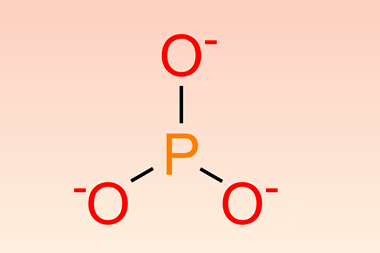OECD countries put up $20m to assess fullerenes, nanotubes and cerium oxide
The Organisation for Economic Co-operation and Development has brought countries together to pool their resources and test the human health and environmental safety of several nanomaterials that are already in use.
Three countries - Japan, the UK and the US - have already committed to testing fullerenes, as well as single- and multi-wall carbon nanotubes and cerium oxide, with more nations expected to join the initiative over the coming months.
The global effort, managed by OECD’s Working Party on Manufactured Nanomaterials, has thus far attracted roughly $20 million in commitments from various countries. Governments have pledged the vast bulk of the money to perform the safety analysis, though some of the support has also come from industry.
International effort
Currently, 10 countries are helping to develop the OECD programme, and about 10 nanomaterials have been identified as ripe for testing. Preliminary analysis by OECD indicates that it will cost about $2 million (?1 million) to test each of the nanomaterials over the next two years. Nanomaterials will be tested for their physical-chemical properties, as well as environmental degradation, environmental toxicology and mammalian toxicology.
’It is very important that countries move together so that there is no disruption to the development of risk assessment information in the field of nanotechnology,’ says Peter Kearns, the OECD’s principal nanosafety administrator. ’Safety assessment is a real interdisciplinary issue. So pooling such resources and expertise should be an advantage to all.’
Kearns adds that international collaboration on the issue is vital because the resulting safety data must be accepted by all nations.
Next, the partners will each produce a ’dossier development plan’ detailing their strategy, to be presented to OECD countries early next year. However, testing of some nanomaterials, including fullerenes and single-wall carbon nanotubes, has already begun.
Longer view
Andrew Maynard, chief science adviser for the Project on Emerging Nanotechnologies at the Woodrow Wilson International Center for Scholars in Washington, DC, is supportive of the OECD effort. But he says an overarching strategy is necessary to ensure the data produced is both useful and comparable.
’If you have got different people applying different tests in different ways to different materials, it will be hard to generate useful conclusions,’ Maynard warns. The project should be part of a much larger programme that addresses longer-term issues - including nanomaterials that may be developed in the next 5-10 years.
Although the US is one of the three countries that has signed on to the OECD programme, a new report from a congressional watchdog has found that one-fifth of the money its National Nanotechnology Initiative earmarks for health and environment safety research may be spent elsewhere.
In fiscal year 2006, US federal agencies devoted nearly $38 million - or 3 per cent of the $1.3 billion total nanotechnology research funding - to research that was supposed to examine the environmental, health, and safety (EHS) risks of nanotechnology. However, the Government Accountability Office found that 22 of the 119 projects identified as EHS that year were instead focused on how to use nanotechnology to remediate environmental damage or detect hazards not related to nanotechnology.
Rebecca Trager, US correspondent for Research Day USA






No comments yet